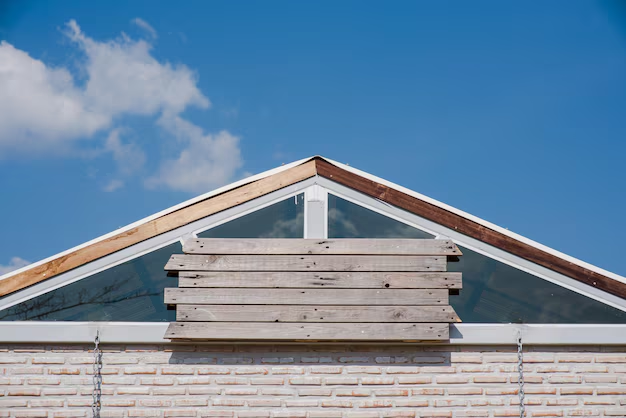Want to Expand Your Home? Here's What You Need to Know About Re-framing Your Roof
Adding an addition to your home is an exciting prospect, offering more space for you and your family. But when the new area affects the roofline, re-framing your roof becomes necessary—a task that can significantly impact your renovation budget. So, how much does it cost to re-frame a roof for an addition?
Understanding the Basics of Roof Re-framing
Re-framing a roof involves adjusting its existing structure to accommodate new architectural changes. This can include adding dormers, raising walls, or changing the pitch for a more aesthetic design. The cost for such a project varies significantly based on various factors, such as the size of your addition, the complexity of the design, and the materials used.
Typical costs for roof re-framing range from $3,000 to $17,000 or more, with an average cost around $10,000. Here's a breakdown of what influences the total price:
- Size and Scope: Larger additions require more materials and labor. Simple extensions may be cheaper, while complex designs with multiple peaks or special materials will see costs escalate.
- Material: Roofing materials range from asphalt shingles to metal or tiles. Each comes at different price points and impacts the overall cost dramatically.
- Labor: The labor cost can vary based on your location and the expertise required for the project.
Getting Estimates and Finding Professionals
Before embarking on a re-framing project, it's crucial to obtain multiple estimates from qualified contractors. This not only ensures you get the best price but also provides insights into potential challenges and the overall timeline.
- Tips for Choosing a Contractor: Look for licensed and insured professionals with positive reviews and a track record of similar projects. Always ask for a detailed quote and a timeline for completion.
Financing Your Roof Re-framing Project
With costs potentially hitting five figures, many homeowners seek financial solutions to fund their construction endeavors. Here are several options to consider:
Home Equity Loans and Lines of Credit
Leveraging your home's equity is a common method to finance large renovations. Home equity loans and lines of credit offer favorable interest rates and fixed repayment terms. However, these options require you to have amassed significant equity.
Government Assistance Programs
Certain home improvement projects may qualify for government incentives or aid. Local or federal programs might offer grants or low-interest loans, especially if your project enhances energy efficiency or aligns with community development goals.
Personal Loans and Credit Card Solutions
Unsecured personal loans can provide funds without using your home as collateral. Many companies offer competitive rates, particularly for those with good credit scores. Alternatively, credit cards with 0% introductory APR can serve as a temporary solution if your project cost is relatively low and you plan to pay it off swiftly.
Tapping into Educational Resources
For those unfamiliar with construction and financing, numerous educational resources can support your understanding:
- Seminar and workshops from local home improvement stores or community centers.
- Online platforms offering courses on construction basics and homeowner financing.
- Consulting with a financial advisor or housing counselor for tailored advice.
Taking the leap into a home addition is both thrilling and daunting, but understanding the costs and financial tools at your disposal can make a world of difference. By adopting a strategic approach to financing and construction, your dream home is within reach.
Explore Financial Avenues: 📝
- 🏡 Home Equity Loan: Turn your home's equity into cash for your remodel.
- 🔨 Government Aid: Check eligibility for local and federal renovation programs.
- 💳 Credit Card Offers: Utilize low or 0% interest APR cards for short-term funding.
- 📚 Educational Grants: Access courses on home improvement and financing.
- 💼 Consultancy Services: Seek advice from housing counselors or financial experts.
Each of these options presents a path to alleviate the potential financial burden, ensuring your home addition is both financially viable and beautifully executed.
